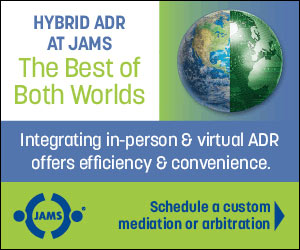Technology was important for businesses during the pandemic but we can never forget the human touch
The pandemic threw plenty of challenges at business leaders. One was knowing what we were up against in the early days and pivoting to this new normal.
Uncertainty and lack of clarity on the evolving risks made even the simplest decisions bewildering. Should masks be required for those employees who had to remain onsite? Making it clear that sick workers should stay home was obvious, but what about co-workers who may have been exposed? How long should they wait before returning to their teams, so that others didn’t fall ill?
There were no easy answers, but eventually, businesses found their stride. With the luxury of hindsight, many came out stronger and in a better position to react swiftly to the next crisis.
The saving grace of this global calamity was the connectivity that businesses have today. More than once, I reflected on the fact that had COVID arrived just five years earlier, the options for working remotely would have been severely curtailed.
But, like the pandemic itself, those solutions also brought new challenges.
As a business leader, I found that it was easy to hop on a video call, but harder than ever to truly connect with my team. Gone were the casual office chats about a co-worker’s kids or hearing about an exciting weekend on Monday morning.
Instead, we suddenly had wall-to-wall Zoom meetings. While this led to increased productivity for many firms, it also came at a cost. Zoom fatigue and quiet quitting became part of the business vernacular.
I realized that for my organization, we needed to slow down. I made a conscious effort to connect with my team members one-on-one at a personal level. As a leader, I needed to truly know them as people to understand and help solve their problems.
I heard about how their families grappled with the lockdown to stay positive. I learned about their small, personal triumphs – Facetime calls with family they couldn’t visit, and the pain that hit them when the pandemic took their loved ones.
I learned to ask how they were doing instead of leading with problems in our business. To check in on their mental health and how they were coping with their children being home from school. To lend an empathetic ear and nod instead of setting an agenda upfront. And the great thing is it helped me too!
Now that the worst of this tragedy is behind us, organizations are ready to get back to work. As they do, I hope we can maintain this more human approach to business – one that prioritizes people’s lives over work rather than the other way around. It’s a pivot I plan to keep.







